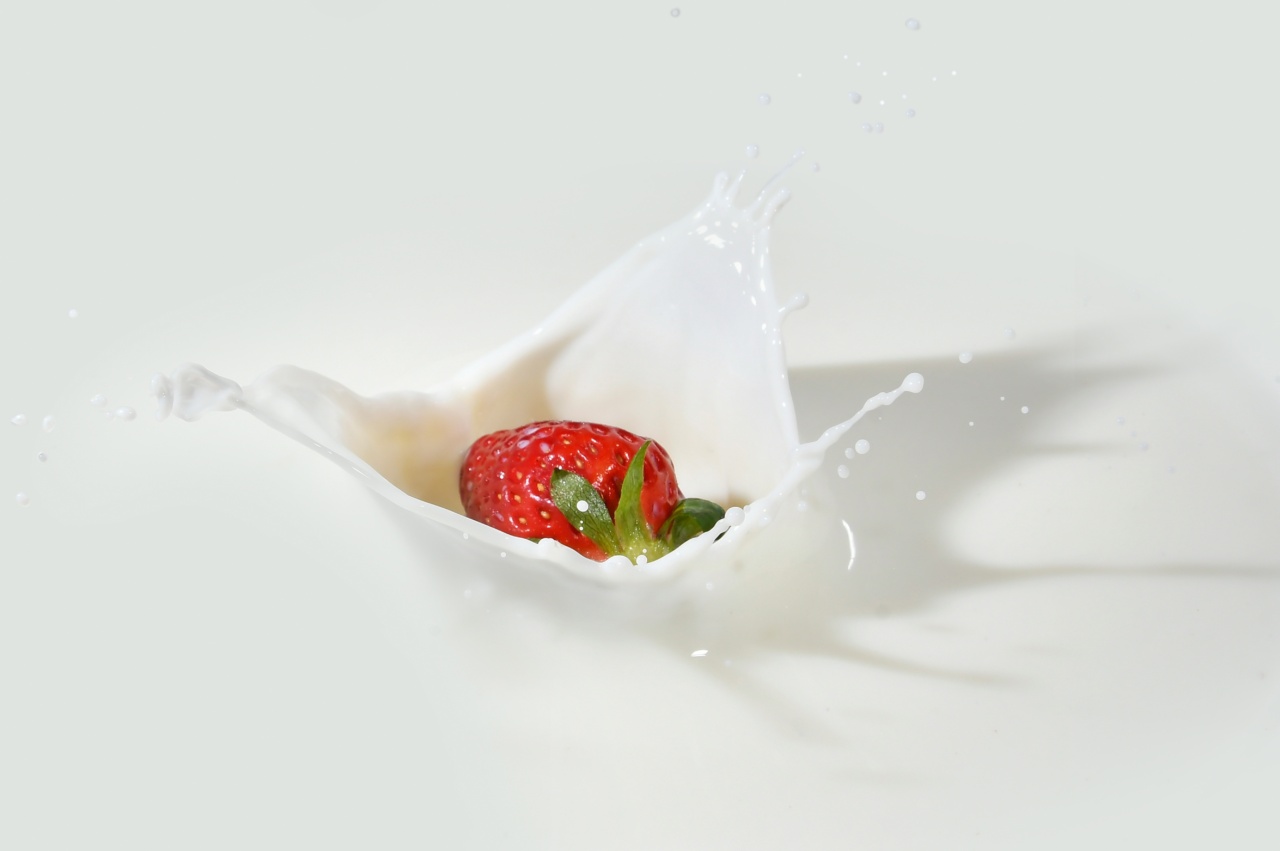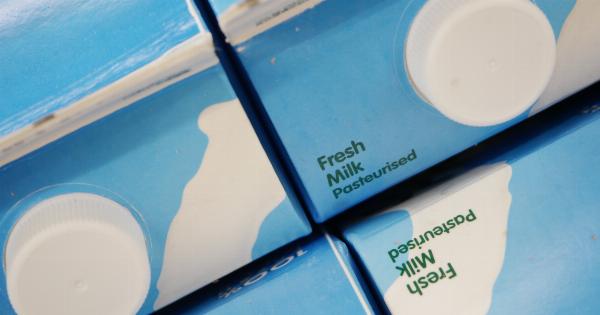Milk is a staple in many households. It is nutritious and can be used for a variety of purposes, such as cooking, baking, or simply drinking. However, keeping milk fresh can be a challenge, especially if you fail to store it properly.
One of the secrets to ensuring fresh milk is to keep it closed. In this article, we will discuss the science behind keeping milk closed and the benefits of doing so.
The Science Behind Keeping Milk Closed
Milk is a complex liquid that contains various nutrients, including protein, fat, and carbohydrates. It also contains bacteria, both good and bad. When milk is exposed to air, these bacteria can multiply rapidly, leading to spoilage.
Exposure to air can also cause oxidation of the milk’s fat, leading to off-flavors and odors.
By keeping milk closed, you can limit the exposure to air, slowing down the growth of bacteria and oxidation. This can help to keep milk fresh for longer, allowing you to enjoy it for a more extended period.
Benefits of Keeping Milk Closed
There are several benefits to keeping milk closed:.
- Milk stays fresh for longer: As mentioned earlier, keeping milk closed can slow down the growth of bacteria and oxidation, helping to keep it fresh for a more extended period. This means you can enjoy your milk for longer without worrying about spoilage.
- Better taste and aroma: When milk is exposed to air, it can develop off-flavors and odors, making it unappetizing. By keeping milk closed, you can prevent this from happening, resulting in a better-tasting and smelling milk.
- Less waste: When milk spoils, it needs to be thrown away, resulting in waste. By keeping milk closed, you can prevent spoilage and reduce waste, saving you money in the long run.
- Healthier milk: When milk spoils, harmful bacteria can grow, making it unsafe to consume. By keeping milk closed, you can prevent the growth of these bacteria, ensuring that the milk you drink is safe and healthy.
How to Keep Milk Closed
Now that you know why keeping milk closed is important let’s discuss how to do it:.
- Use airtight containers: When storing milk, use airtight containers. Glass containers with lids or plastic containers with tight-fitting lids are good options for keeping milk closed.
- Refrigerate milk promptly: Milk should be refrigerated promptly after use. The longer milk sits out at room temperature, the more bacteria can grow, increasing the risk of spoilage.
- Store milk in the back of the fridge: The back of the fridge is the coldest part and is the best place to store milk. Avoid storing milk on the door of the fridge, where the temperature fluctuates more.
- Don’t mix old and new milk: When adding new milk to an existing container of milk, make sure the old milk is still fresh. Mixing old and new milk can increase the risk of spoilage.
- Use milk before its expiration date: Milk has an expiration date for a reason. After this date, the milk may not be safe to consume, even if it appears to be okay.
Conclusion
Keeping milk closed is essential for keeping it fresh and safe to drink. By limiting the exposure to air, you can slow down the growth of bacteria and oxidation, resulting in a better-tasting and smelling milk that is healthier to consume.
Remember to store milk in airtight containers, refrigerate promptly, store in the back of the fridge, avoid mixing old and new milk, and use milk before its expiration date. Follow these tips, and you’ll be able to enjoy fresh milk for a more extended period!.






























